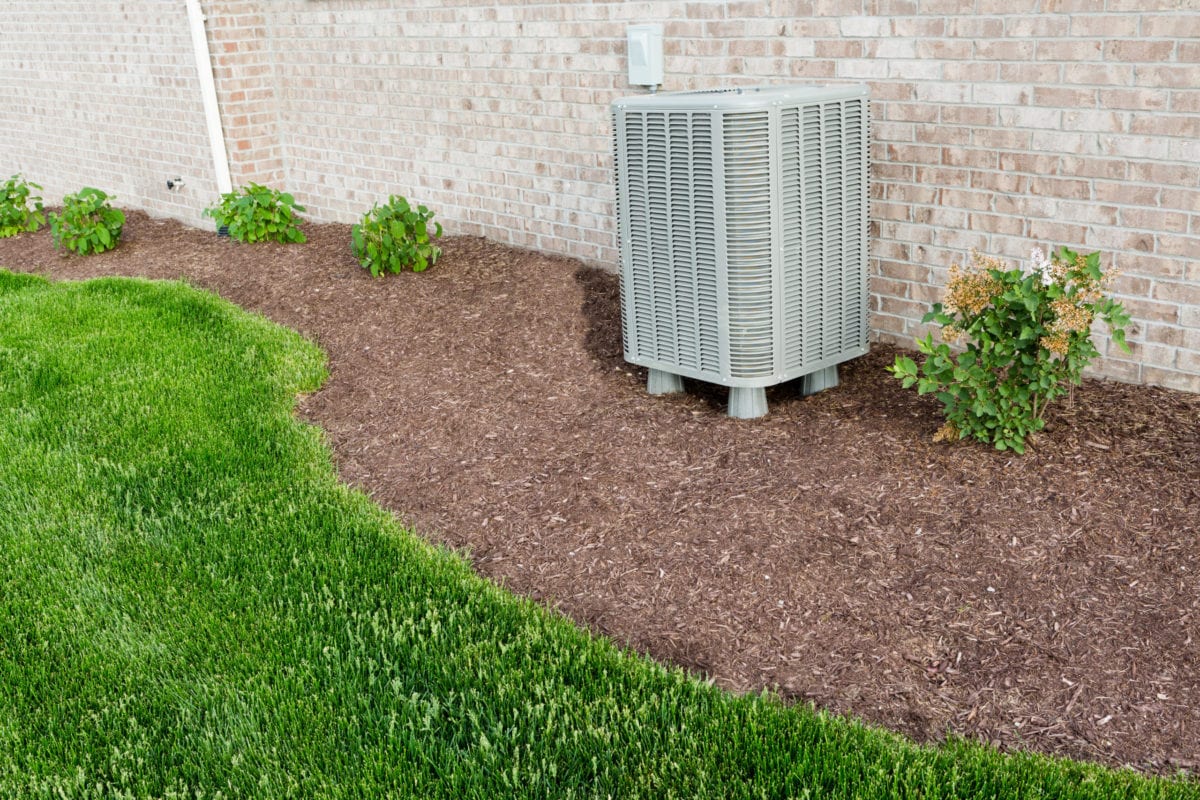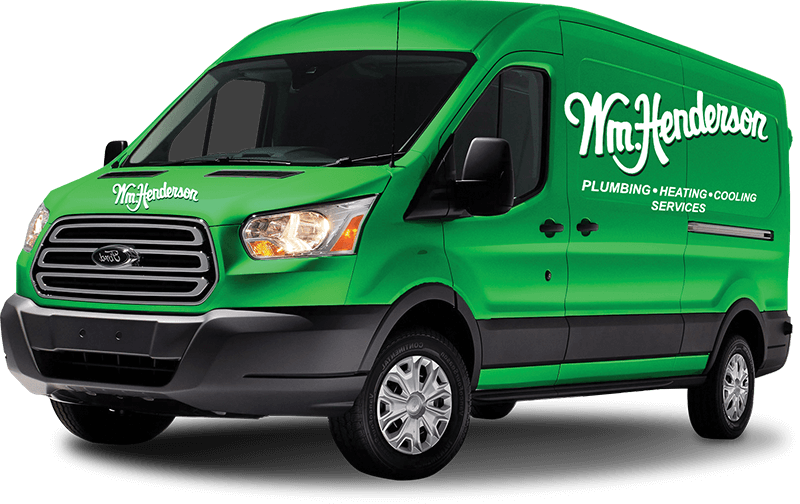
Summer days aren’t much fun when the air conditioner that’s supposed to make your home pleasingly cool isn’t doing anything at all. When an air conditioner is not working, it may be caused by simple problems with the thermostat or a tripped breaker. These types of issues are easy to resolve without a professional technician.
On the other hand, moderate to severe issues such as frozen evaporator coils, clogged drain lines, damaged refrigerant pipes, or dirty condenser coils should be fixed by a certified technician. If you’re having issues with your system, view our recommendations below or call a professional.
A Tripped Breaker
If your air conditioner is not working, this may be caused by an overloaded circuit that tripped a breaker. A strained motor or small electrical failure can cause this. To fix a tripped breaker, walk to your electrical panel and reset the breakers. Once the switches are reset, activate your central air conditioner to confirm if it works.
A tripped breaker may also be a sign of an overloaded circuit in your home. If the problem persists, try deactivating other hardware that may be connected to the circuit breaker to avoid overloading your electrical system.
Evaporator Coils Are Frozen
If your air conditioner is not working properly due to frozen evaporator coils, it may distribute warm air to each room of your house. The evaporator coils in your central air conditioner are engineered to collect warm air. If there is not enough hot air surrounding the coils, they will freeze and make it difficult for the air conditioner to produce cold air. In some cases, the frozen evaporator coils in your system may prevent air from entering the home.
Tips & Insights: Top Causes of Air Conditioner (AC) Refrigerant Leaks
Contaminated Condenser Coils
The condenser coils in a residential air conditioning system are designed to transmit the heat energy from your home to the outdoors. If your air conditioner is not working we recommend inspecting the condenser coils to confirm if they are covered in a layer of soot or dust. When the condenser coils becomes contaminated, internal heat will be unable to escape from the central air conditioner unit to the outdoor air. To prevent issues with your air conditioner, it is recommended to continuously sanitize your condenser coils.
Blockages in Drain Lines
Residential air conditioners collect moisture from the outdoors while operating. All excess water is pushed to a drain pan that is attached to your system. Once it reaches the drain pan, it is sent to a drain line that is near the compressor. If your air conditioner has stopped working, this may be an indicator of a blockage in the central air conditioning drain line. Common signs of a clogged drain pipe include flooding and malfunctioning air conditioning systems.
To restore the flow of water in your drain line, find the drain line and disassemble it. Prior to disconnecting the drainpipe, we recommend deactivating your air conditioner to prevent further flooding, damage, and issues. Next, grab a flashlight to confirm if you’re able to find the obstruction in the pipe. Once you find the source of the drain line clog, pour a small amount of distilled vinegar into the pipe. This will eliminate the clog and restore the functionality of your air conditioner.
Formation of Holes in Refrigerant Lines
Air conditioning systems are engineered with copper refrigerant pipes that are responsible for the transmission of refrigerant. Due to the negative effects of Formicary corrosion, small holes may begin to form in these refrigerant lines as they become older. This type of corrosion is caused by chemicals in the air outside. If your air conditioner is not working, contact a technician to perform an inspection of your refrigerant pipes.
Loss of Power
If your local suburb or city is having issues with its central electrical supply system, this may be the reason your central air conditioner is not working. Since an HVAC system relies on electricity to operate, it will become unusable when the power is out in your home.
Tips & Insights: Do You Need to Buy a Whole-House Humidifier?
Incorrect Settings on Thermostat
The issue may be caused by incorrect settings on your thermostat. Additionally, an air conditioner that is not working may be an indicator of drained batteries in your thermostat. If you have a digital thermostat and it’s showing a blank screen, that usually means it’s time for new batteries. We recommend adjusting the thermostat to the “Cooling” mode. Additionally, check the programmed temperature to confirm it’s colder than the internal temperature of your house.
Clogged Air Filters
To avoid issues with the evaporator coils in your air conditioner, it’s vital to continuously replace contaminated air filters. If you have fiberglass air filters in your HVAC system, we recommend replacing them every 30 days. On the other hand, pleated air filters include a lifespan of 3 to 6 months.
A clogged air filter will negatively impact the flow of warm air in your central air conditioner. This will cause a layer of ice to form on your evaporator coils. Once this component is frozen, your air conditioner will not be able to remove heat from your home. If your air conditioner is not working, this may be an indicator of a malfunctioning evaporator coil or dirty air filter.
Air Conditioner Repair & Installation Services
The team at WM Henderson provides air conditioner repair, replacement, and installation services to homes in Pennsylvania. From malfunctioning furnaces, heat pumps, to boilers, our team will detect and eliminate the issues with your system. WM Henderson offers HVAC services in areas such as West Chester, Coatesville, Broomall, and Conshohocken. Give us a call by phone at (484) 206-8594 to or book an appointment online receive immediate assistance.

